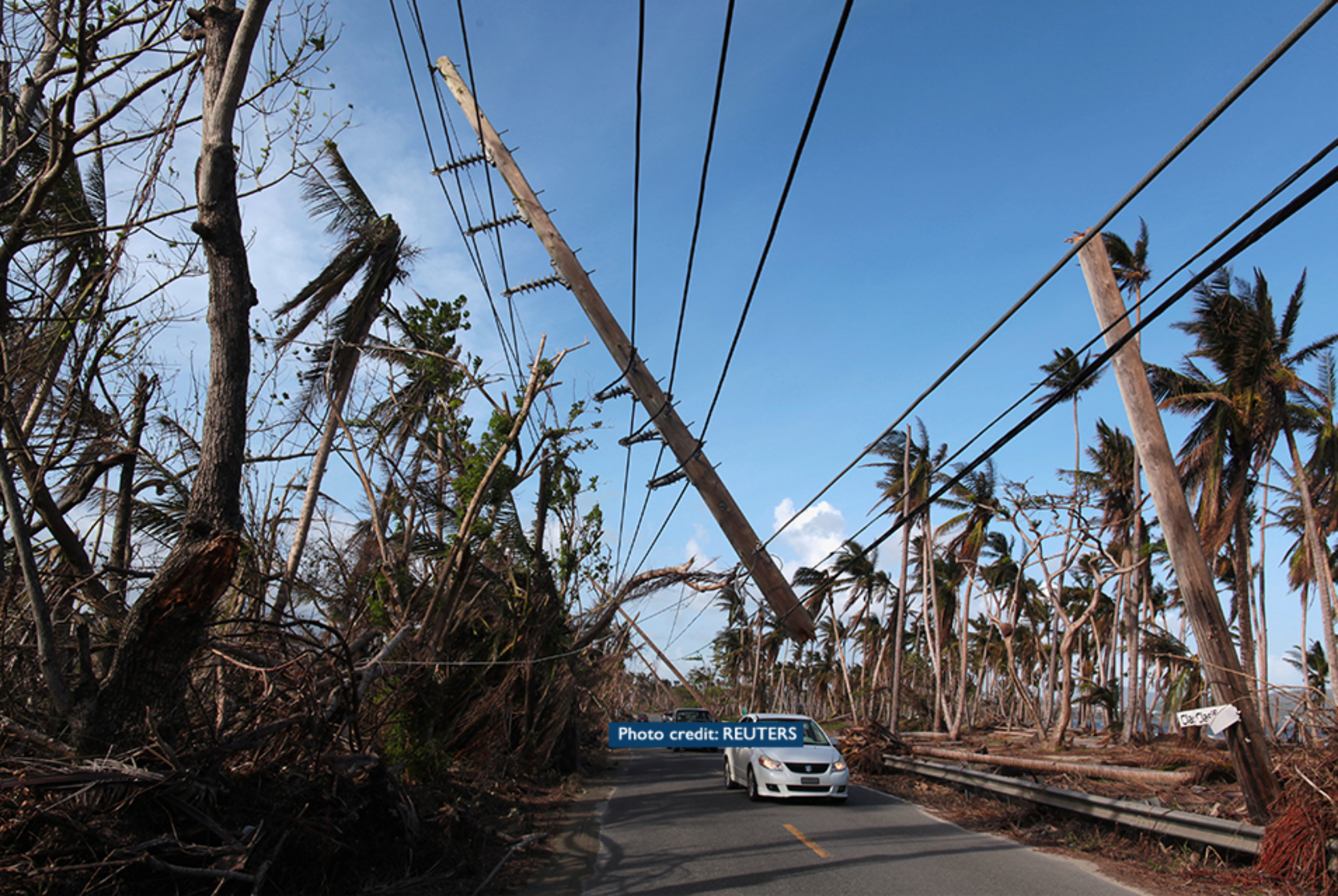U.S. Leads International Disaster Assistance Abroad, So Why are We Failing at Home?

For the first time in its 38 year history, Refugees International (RI) is conducting a mission to the United States. Over the next week, my colleagues and I will be in Puerto Rico where eight weeks after Hurricane Maria made a direct hit, urgent humanitarian needs remain unmet. Despite intense criticism around the Trump Administration’s woeful initial response to the disaster, almost two months later the majority of the island remains without power and hundreds of thousands of people are in desperate need of potable water. Thousands are still displaced in shelters and only a handful of the more than 630,000 people whose homes were destroyed or damaged by the storm have received shelter assistance that would protect them from further rains and storms.
Since launching RI’s Climate Displacement Program in 2010, I have conducted nearly a dozen missions to developing and conflict-ridden countries ravaged by extreme weather and other climate change-related effects. Over that time, I’ve witnessed significant improvements to the international humanitarian system driven by the United Nations and major donors, including the United States, the largest government donor to international disaster assistance through the U.S. Agency for International Development (USAID). Around the world, disaster-prone developing nations, with USAID support, have not only strengthened coordination, logistics, and information management to respond more quickly and effectively when disasters strike, but have also increased their focus on reducing disaster risk and building resilience to weather extremes.
“…USAID and its partners bring a tremendous amount of experience and best practice to bear. All the more reason why the response by other U.S. agencies to the humanitarian crisis brought on by Hurricane Maria in Puerto Rico is so disconcerting and frustrating.”
In the days before a major typhoon or floods hit a country like the Philippines or Haiti, USAID often works with the U.S. Department of Defense to ensure that U.S. military assets are on standby capacity and ready to immediately deploy troops and aircraft to work with the national government to restore communications, clear roads and ports, and repair bridges. Recognizing the need to quickly restore the local economy and markets as soon as possible, USAID-supported international aid agencies work with the national government to balance the provision of imported goods with locally sourced items. Moreover, USAID and its partners have also realized that rather than giving people food, tents, or supplies (things they think people need), it is cheaper, smarter, and often more efficient to put cash directly into the hands of affected households, allowing them to recover more quickly while boosting the local economy. And with USAID support, international aid agencies have continued to do better at ensuring that the protection needs of those who are most vulnerable in emergencies – including the poor, women, children, and the elderly – are prioritized and addressed. Especially in terms of building local capacity and resilience to future disasters in impoverished nations, USAID has been a global thought leader and a lead donor.
This is not to say that the international disaster response system is perfect. And RI has documented examples over many years and through its own independent analysis where humanitarian best practices, including by actors such as USAID, have not occurred in disaster responses. But especially when one considers the added complications of working in conflict-ridden and insecure settings where getting access to affected populations can in and of itself create enormous challenges, USAID and its partners bring a tremendous amount of experience and best practice to bear. All the more reason why the response by other U.S. agencies to the humanitarian crisis brought on by Hurricane Maria in Puerto Rico is so disconcerting and frustrating.
Over the next week, my colleagues and I will travel throughout Puerto Rico to meet with communities throughout the island to document their assistance and protection needs and listen to their stories. As we do so, among our goals will be to identify how some of the ongoing challenges can be overcome using international best practices that the United States applies abroad. Addressing Puerto Rico’s larger financial and governance challenges, which have been long neglected, requires Congress’s and the Administration’s immediate and full attention. But in the meantime, U.S. federal and Puerto Rican authorities must simply do much better and put in place more effective practices to address life-saving needs. Taking a few pages from their USAID colleagues’ playbook would be a good start.